Driving-wise, today’s trip was, you would think, a walk in the park, it being just 159 km from Taiji back to Wakayama City. Google said would take 2hrs 33m. This is, in fact, quite slow given over half of it was freeway, which might give you a sense of the roads here – and why, in fact, we didn’t manage during our time here, to fit in the other main spiritual site in Wakayama, Koyasan. It is in the mountains of northern Wakayama, and we were based in the south. The distances look simple, but, as we discovered, driving them can be quite slow going. It was lovely having the car, as we’ve only driven ourselves once in Japan before, and that briefly, but we are both now looking forward to the rail leg of our journey.
Of course, we didn’t plan to drive straight through to Wakayama, but to stop along the way…
Tanabe City
Tanabe City is the second largest in the prefecture, and our main reason for stopping here was to use the ATM at a 7-11! That’s exciting isn’t it. However, getting money out in Japan is a bit tricky, but is necessary as a lot of businesses here, particularly in smaller areas, are still cash only.
The first heartstopper of the day was being taken down yet another narrow, narrow street, en route to the 7-11. Fortunately, we quickly found a small car park that seemed a public one and that had an obvious mechanism for paying at the end. So, we parked, found the 7-11, and did our business.
Next was coffee. Tanabe City is only 86km from Taiji, but for various reasons it took us 2 hours to get there, 20 mins more than the ETA, so we were ready for a cuppa. I’d spied a cafe that was open, on the road (if you can call it that) between our car and the 7-11, so we decided to try it.
Cafe Bel Canto was its name, and what a little treasure it was. The owner had enough English for some conversation. We discovered that he roasts his own coffee – by hand, in the front corner of the shop. No big roasting vats for him. His coffee – siphon-style, again, not espresso – was really very nice. He told us that he opened the shop in 1978, the year we were married we told him. Turns out that he was only months older than Len! He also told us that business has been poor this year because of all the new shops opening in the city. What a real shame, because he seemed the real deal – to us of the same vintage, anyhow!
Yuasa Historic Preservation District
Anyhow, it was back on the road again, heading for the town of Yuasa which is famous as the birthplace of Japanese soy sauce (Shoyu), and for having an old Edo era (1603-1868) period town section intact. There are 118 “Preservation Districts for Groups of Traditional Buildings (Historic Streetscapes)” in Japan, with Yuasa being the only one in Wakayama.
However, as Len said, 10 seconds shaped our afternoon. We arrived in town, heading for the station which was 10 mins walk from this old district and where we thought we might find parking. We spied a carpark that looked right, but another car nipped in ahead of us, entering it in the wrong direction and, as it turns out, nabbed the last spot. Grr. Then our troubles started.
We tried all sorts of methods to find suitable carparks, but every time we spotted one in Google maps, and tried to navigate there, we got into trouble. Google would say “turn left” and we’d respond “you’ve got to be kidding, that’s a footpath!” Len went down a few but all we got were some very hairy moments where we were centimetres from walls and/or other cars, and no car park. (We should have video-ed some of this but we were too busy driving, navigating – and arguing, as in, “Yes, Len, Google says to go there!) Suddenly, we found what looked to be a carpark, and pulled in, but there was no blue “P” sign. Len tried his Google translate app, but with no success. Then he saw a Japanese man and asked him. With the help of Google translate, this man suggested to Len that we could park in the small empty parking lot across the road, because it was for an ophthalmologist business that was closed today. We did that, but Len was very uncertain.
We walked the 6 minutes from there to the old town, and found a delightful, very traditional cafe called Kitamachi Chaya Ippuku, located in a remodelled 150-year-old private house. It served traditional hearty Japanese food – donburis (rice dishes), udon noodle dishes, and curry dishes. It was also the first place I’ve seen this trip to serve traditional Japanese desserts, like zenzai and dango, both of which I love, but by the time we’d had our filling main courses we were done! Such a shame. I commented to the server (owner?) as we were leaving, that I’d liked the music quietly playing in the background. “You like the blues?” he asked. “Yes,” I nodded.
Anyhow, we wandered a bit more around the old town, passing a soy sauce establishment, and a museum, but Len was too concerned about the car to relax, and, really, fair enough, as that driving through those “footpaths” was very challenging, so we returned to the car. I’m happy that I saw this little area, even if we didn’t get its full benefit. At least we now know where Japanese soy sauce started (via a Chinese monk who settled in Yuasa in the 13th century)!
Back in Wakayama City
From Yuasa it was around 45 minutes drive to Wakayama City, which we made in about the recommended time. We fuelled up the car, then Len dropped me off with all our bags at the hotel while he returned the car, which was only a 10-minute walk away.
After setting in, we decided that what we’d really like (I won’t say “need”) was a good stiff drink! However, it was only 4.30pm (8 hours since we’d left Taiji), and it seems that bars don’t open until 5pm, or later. So, in desperation, we tried the vending machine in the hotel foyer. We bought a 4% alcohol Lemon Chu-hi (Shochu Hiball) for me (Y150, or around AUD2.20!), and a 6% Asahi beer of some sort for Len (Y200). It was better than nothing! And amazingly, scarily, cheap.
When dinner-time came, we knew where we were going – the Yakitori restaurant almost next door to last Saturday night’s restaurant. We walked to it – love being able to walk to restaurants from our accommodation places – opened the door, and found a welcoming place buzzing with diners though not yet full. But, no English menu. We weren’t too bothered as we eat most grilled foods the Japanese dish up. However, before we had time to come up with a strategy, the server appeared with a small piece of paper with a QR code on it. Len got out his phone, pointed it at the QR code, and up popped a menu in English. We discussed the choices, and then Len ticked the appropriate boxes on his phone. Within seconds there was a thumbs up from the (open) kitchen behind me. They had our order! We could add to the order as needed! How easy, and what an excellent use of technology.
This was, comparatively speaking, a noisy restaurant, but the difference between it and noisy restaurants back home is that there was no music playing to compete with the conversation, and the furniture, floors and walls were wood. In other words, there was no scraping of metal chairs and tables on tiles and concrete, for example!
And some Stills…
And some Movies…
Unfortunately, there are no movies today. We were too focused on preserving life and vehicle.
Today’s Challenges …
I’m not sure we need to list today’s challenges, as they’re pretty obvious, but, just to reiterate:
- Finding parking places in larger towns and cities.
- Driving through very, very narrow roads, following Google, not always believing that it actually is a road that we are being directed down.
- Ordering food in a restaurant by using a QR code.
- Finding a good, stiff drink!



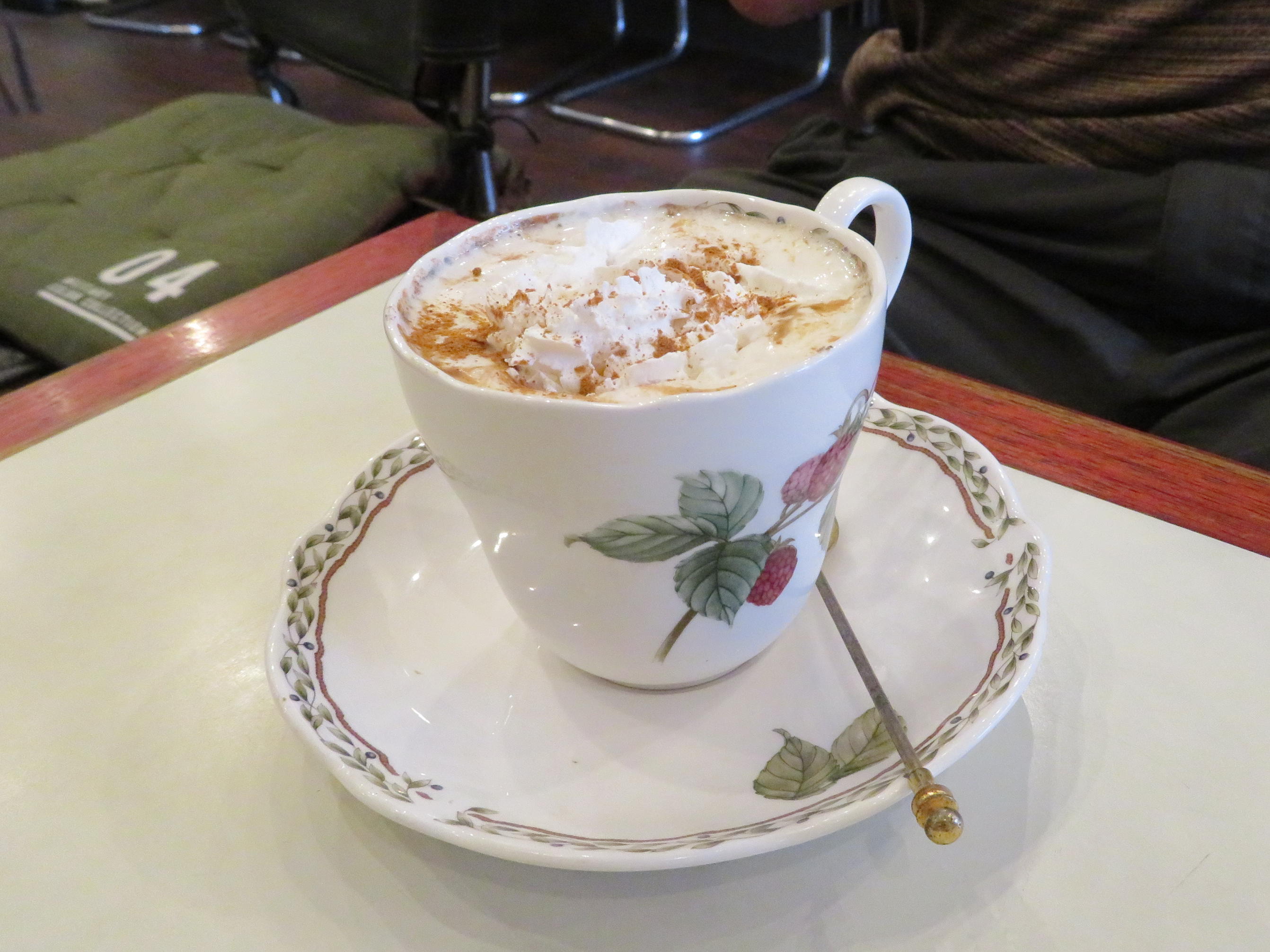
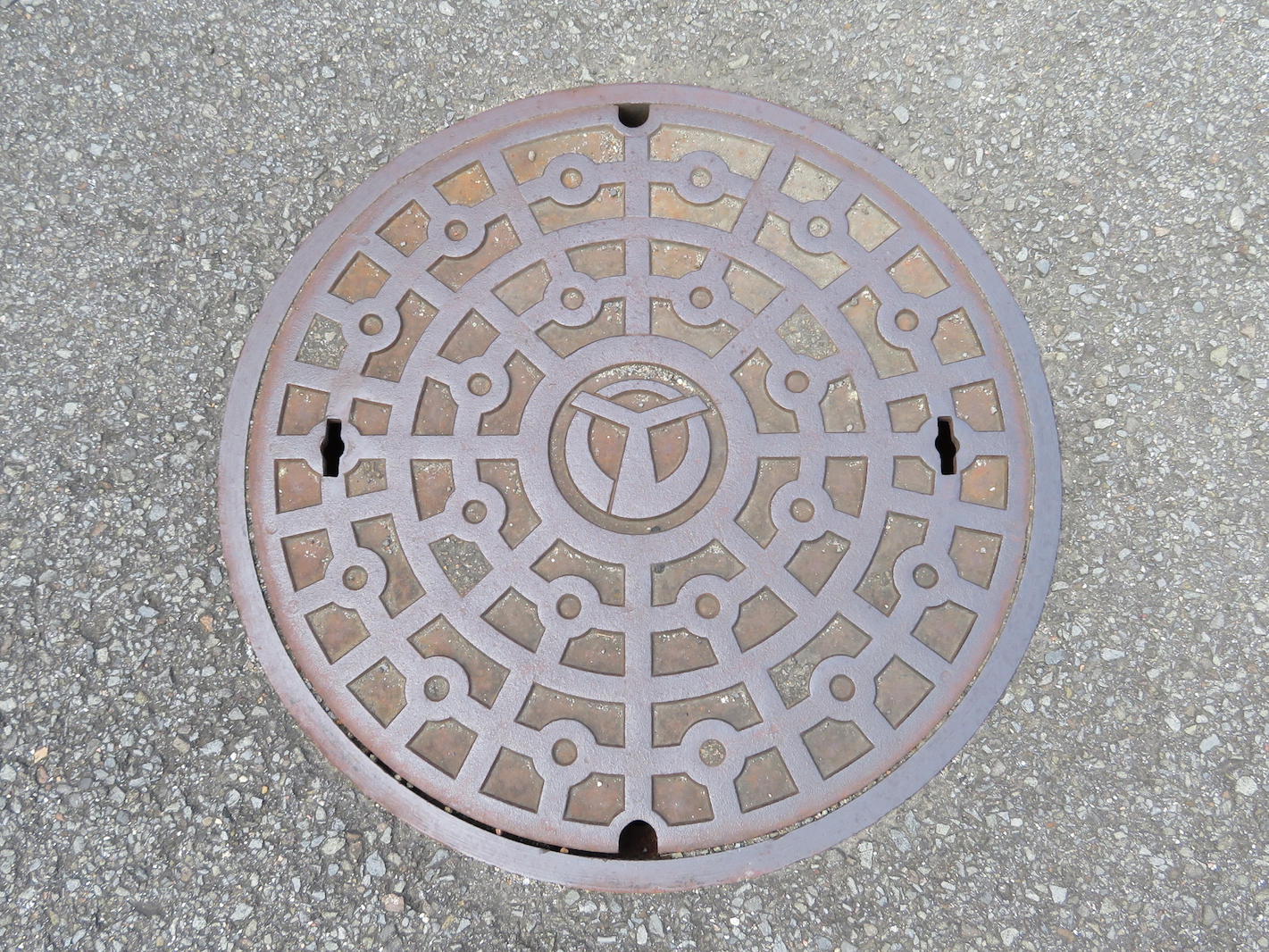
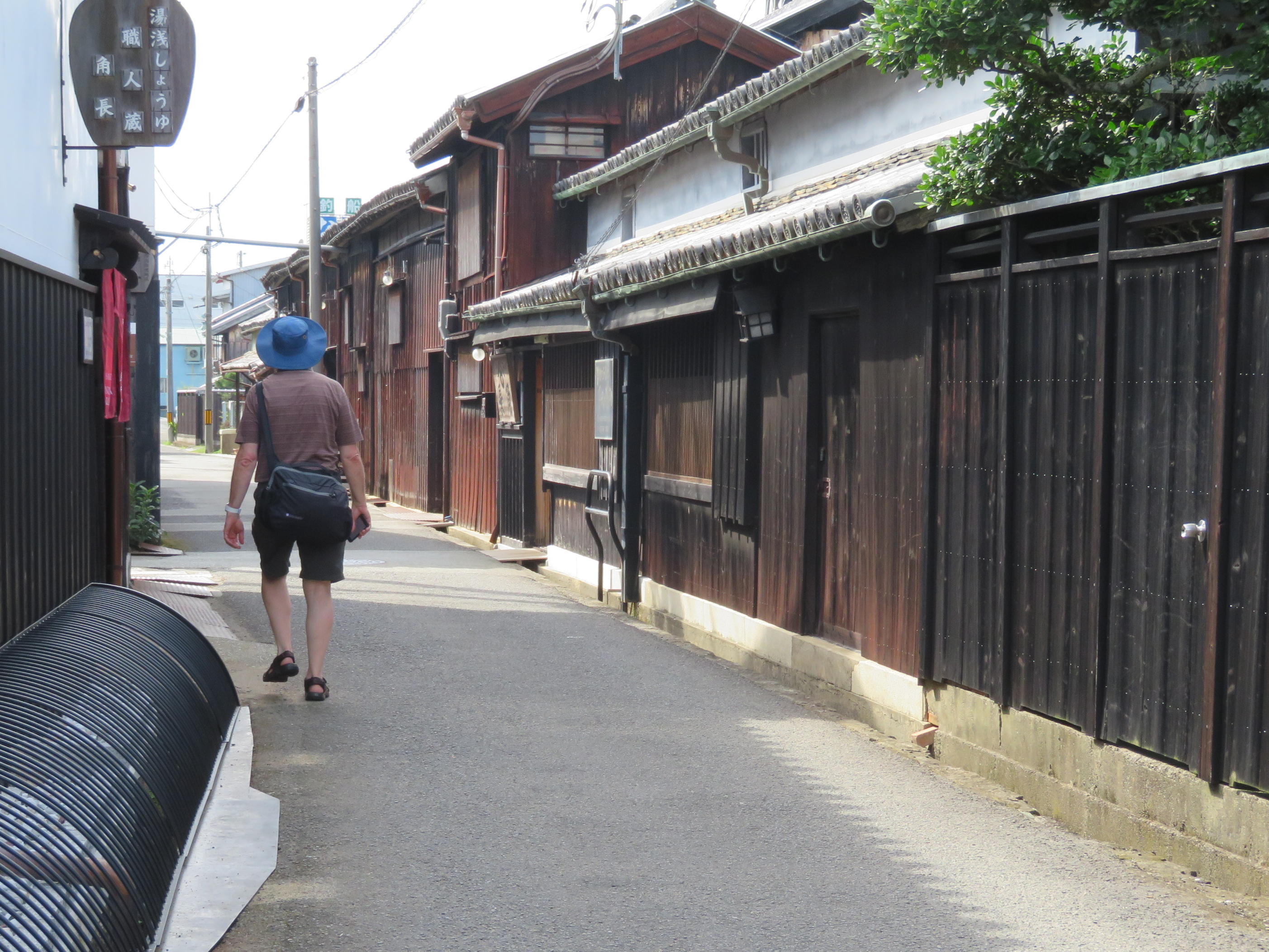
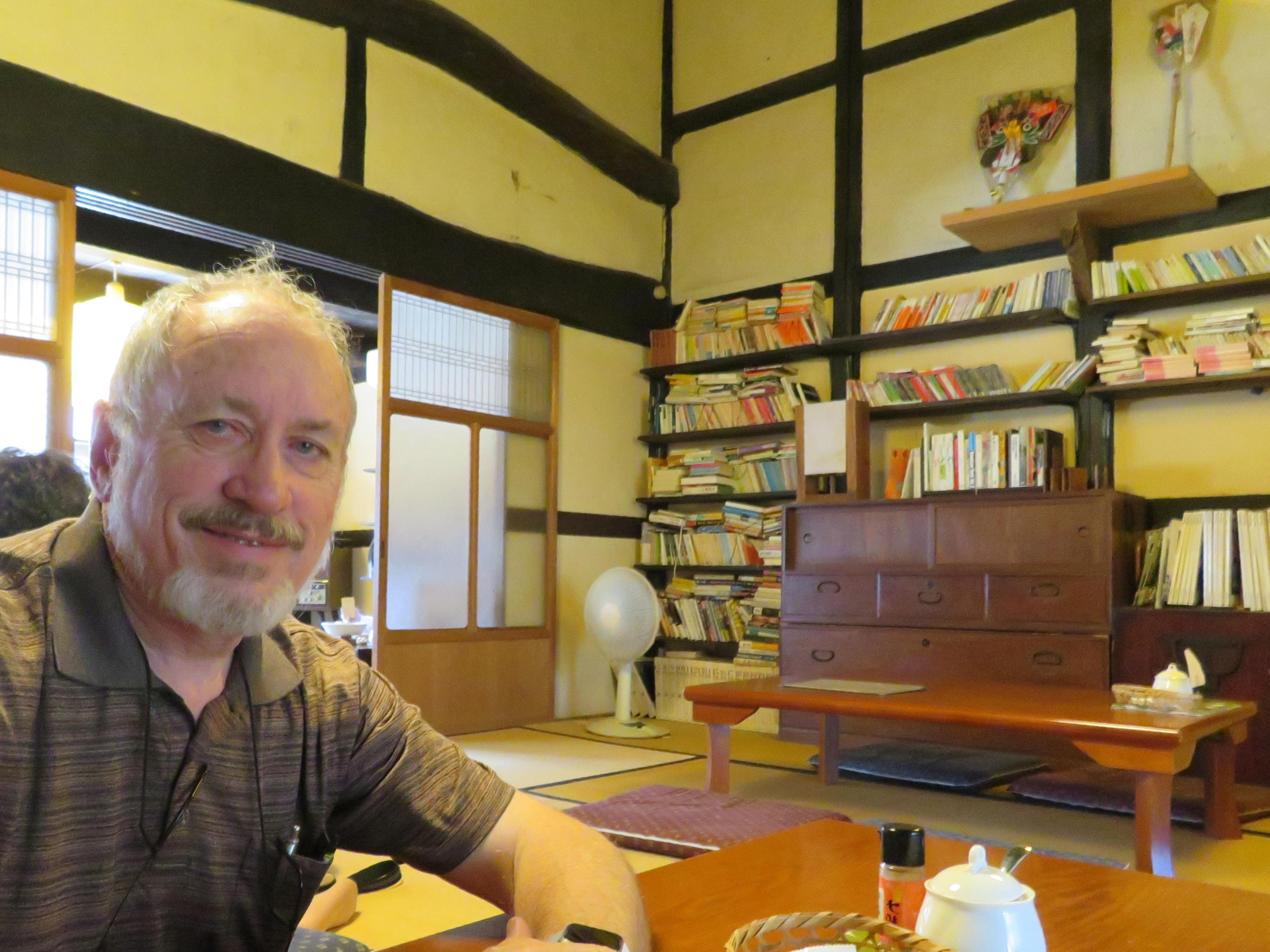





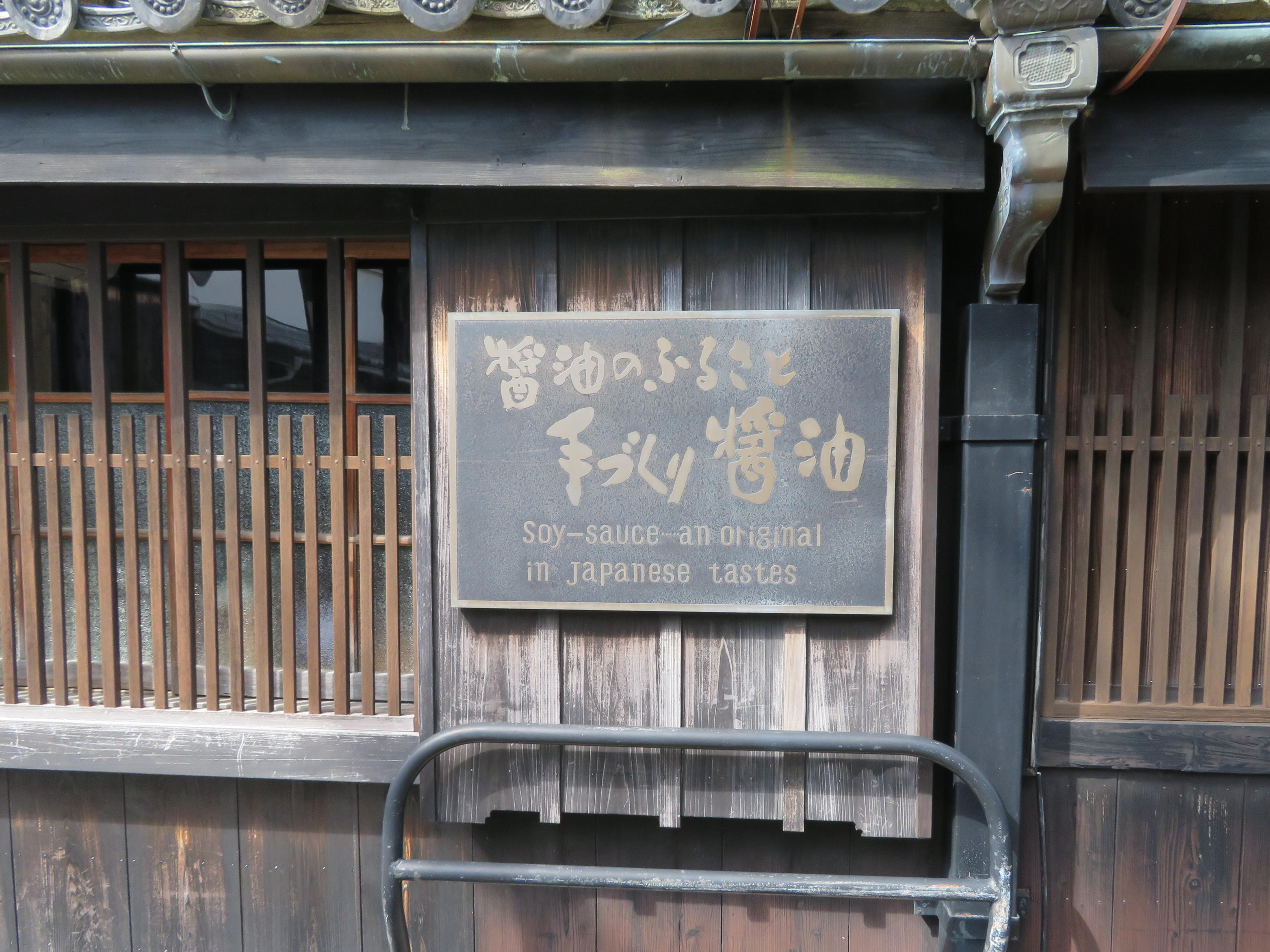


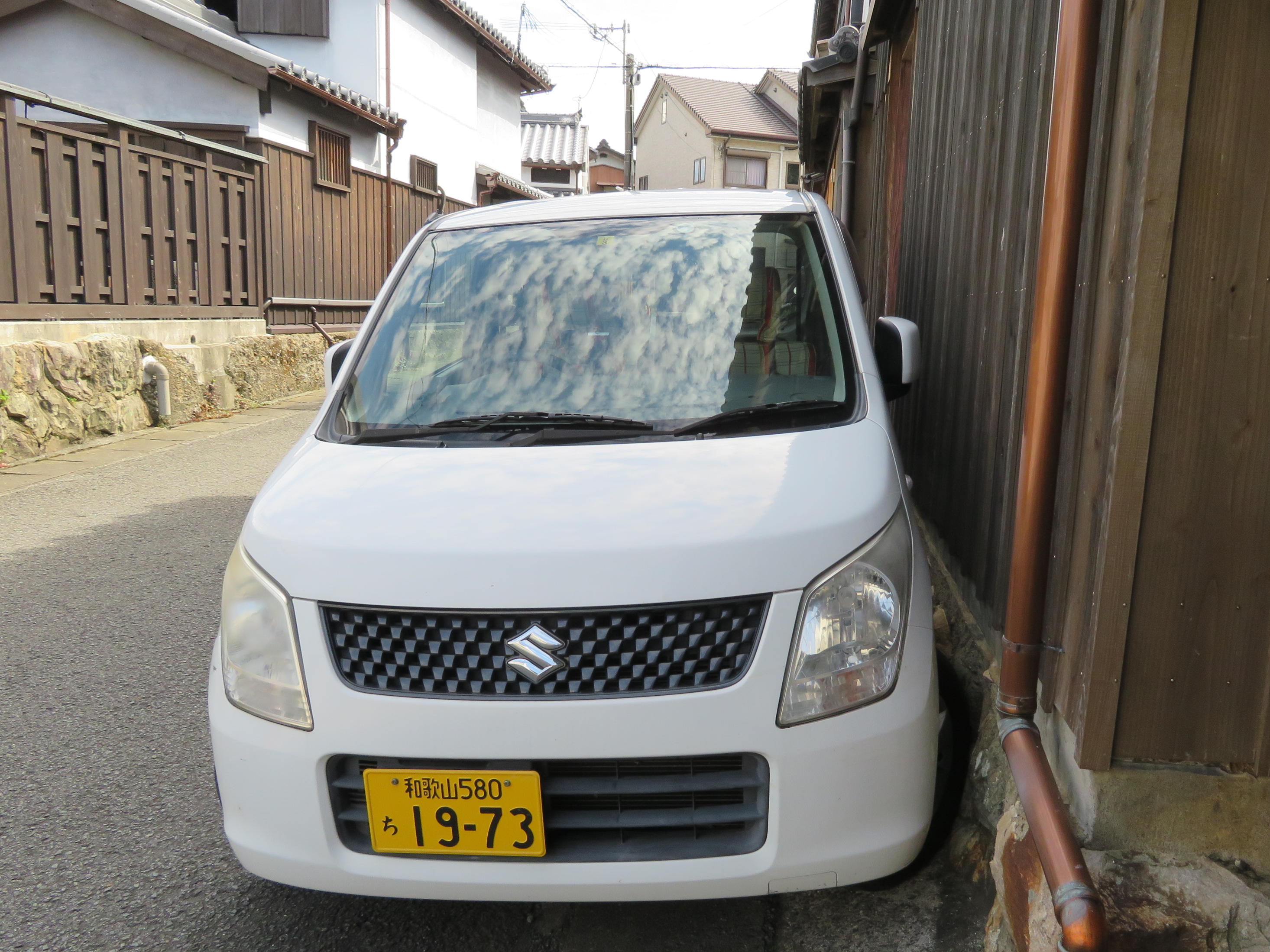


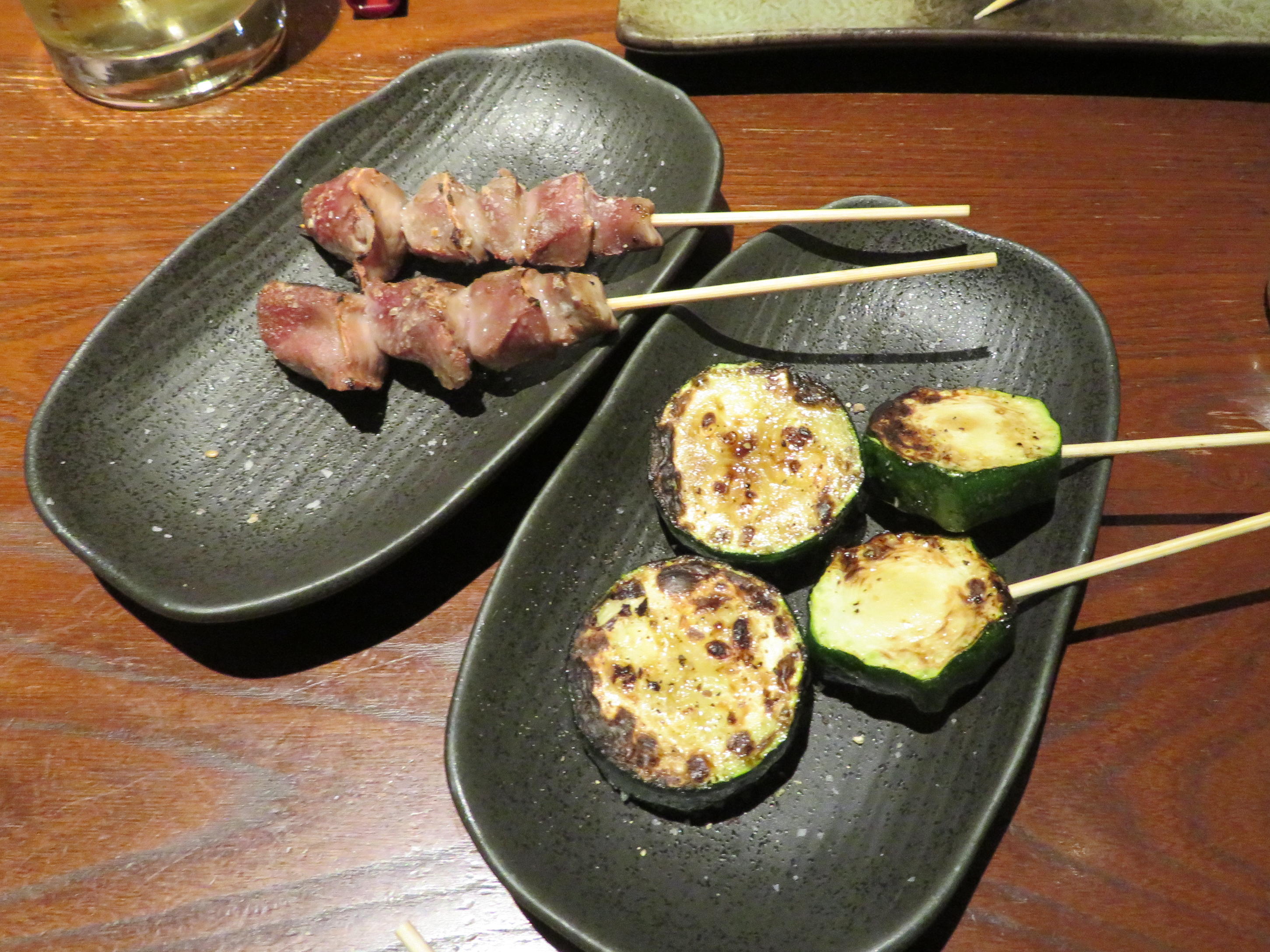



Squillions of things I want to comment on, but I shall have mercy, dear Sue ! 🙂
Google: yes. It ALWAYS shows a walking route to a bus-stop (me no car) that doesn’t exist. Drives me mad, as I can’t make it show a real route.
Buggered if I know how Len managed that park ! – congratters, old bean !
Love a Japanese resto being called ‘Bel Canto’. 🙂
The historic parts’ wooden buildings seem to ooze age: it’s no wonder they last so long, when one remembers those astounding trees you’ve shown us !
Travel writing simply must contain a whole big lot of eating – it’s de rigueur. And you get across much more than we did in our travels, with those terrific photos.
You are an EXCELLENT travel writer; and Len is an EXCELLENT video-maker; and whoever takes the photos is … you guessed it. [grin]
Thanks so much M-R, all the positive, interested comments here by people like you, spur us to keep going. there’s nothing like an audience for encouragement ?
I must though, in all honesty, disabuse you of the parking prowess. It wasn’t ours. It’s the sort of parking we’ve seen on our visits here that made me nervous about driving, we know why they have snub rose cars. They are easier to manoeuvre and they fit into tight spots.
As for food! A major joy of travel!
Hahahaha I’m so proud of you for needing a drink at 4:30pm! Today is only my second day in this whole trip without alcohol… and I miss it 😉
Also I want those sweet potato sticks with the slab o’ butter on top!
PS Have my previous comments been getting through? I can’t find the ones I left on the last two posts!
Hi Hannah, they should have, I replied to them, but will check. The sweet potato sticks were good!
M-R is right! Great travel writing. You seem to capture the essence of the places you visit (but then, how would I know never having been there!)
I am always impressed by the cleanliness and general neatness of the streets and surroundings. Wonderful photography.
Thanks Mum – but you’re right of course, we could be pulling all sorts of wool over your eyes! Still pictures never lie (much!)
LOL I’ve seen tourists in huge 4WDs in Britain trying to navigate narrow winding roads in the Cotswolds so I’m gobsmacked by how hard it must be when you’ve only got a little car!
I thought of those narrow English roads Lisa, but I think these really take the cake. It truly was heart-in-mouth at times. Most of the cars here seem to have automatically folding – le you press a button – exterior windows for tight parking and roads! About the biggest car we’ve seen here was a Subaru Outback. And it looked huge! No big 4WDs and certainly no motor homes et al.
I felt right there in the backseat with you as you were navigating the narrow roads and elusive parking lots and I also felt I needed a drink and I don’t even drink that much. You did a great job of putting us all on edge and I could feel Len’s distress. Anyhow, whenever I am at the store and see Yuasa soy sauce I will now think of your driving adventure. The coffee shop Bel Canto sounded lovely. It seems that more and more cities are restoring their historic districts or did I never notice it before? Gifu had a very large and very deserted historic district too. Again, I tried to figure out the manhole cover. What was it? I’m feeling dense. It looked like something mechanical with gears. Or was it a windmill?
Oh dear, Carolyn. We don’t want to turn you to drink, after all these years!
Interesting re historic districts. I guess I assumed Japan had always valued history and culture, but maybe it’s just like most western nations and has really got into preserving buildings ete in the last 3 decades or so?
As for that manhole cover, I have no idea either. Is the centre symbolic of an Edo period hat of something? There is apparently a more pictorial one-depicting bottles, fish, etc, but sadly we didn’t see it. l read somewhere that there are now manhole cover cards! I haven’t seen any though.